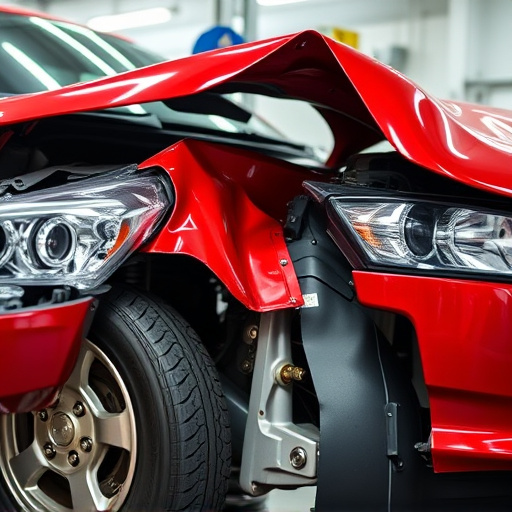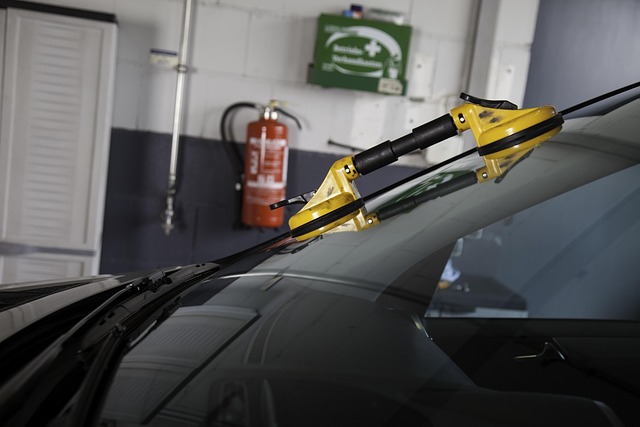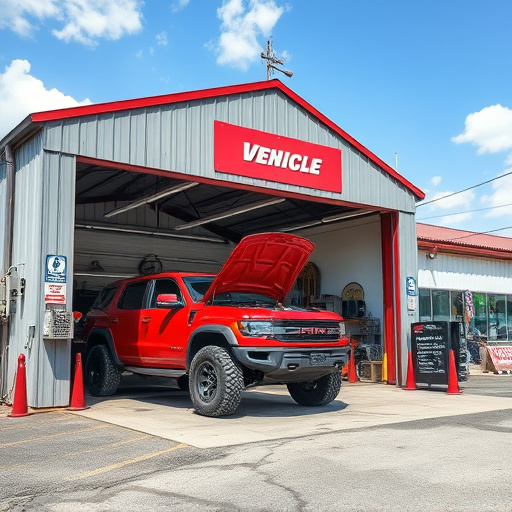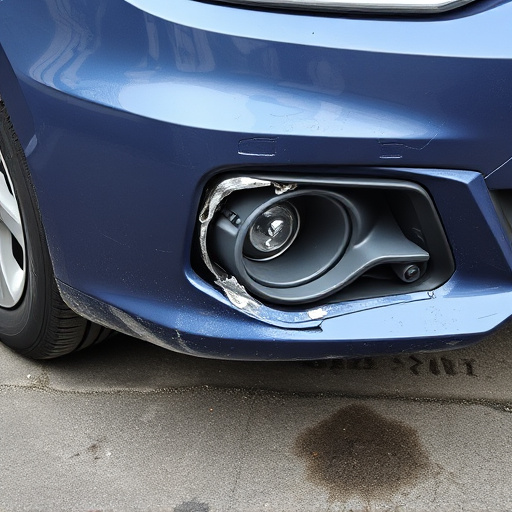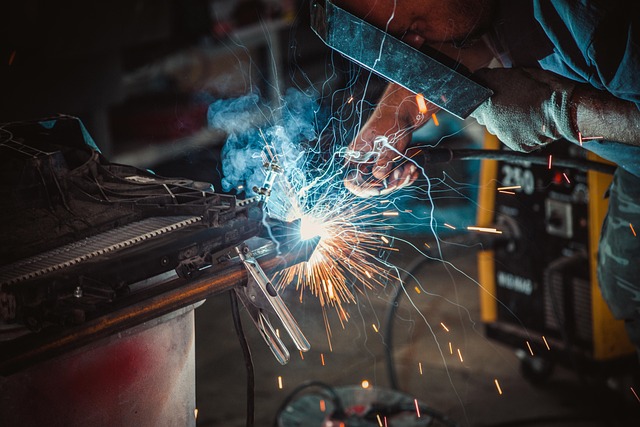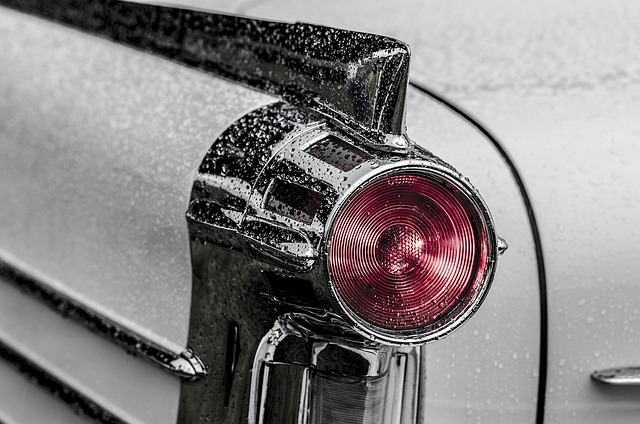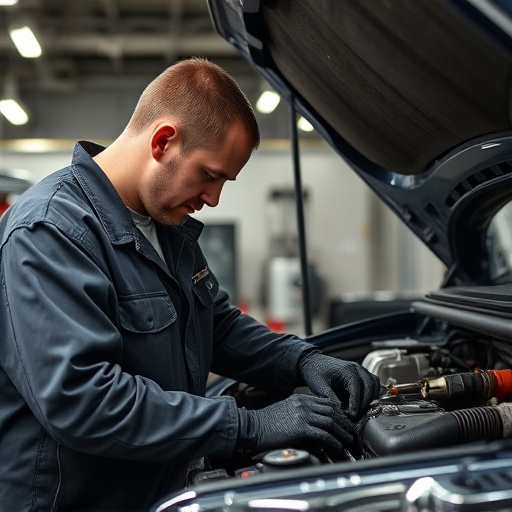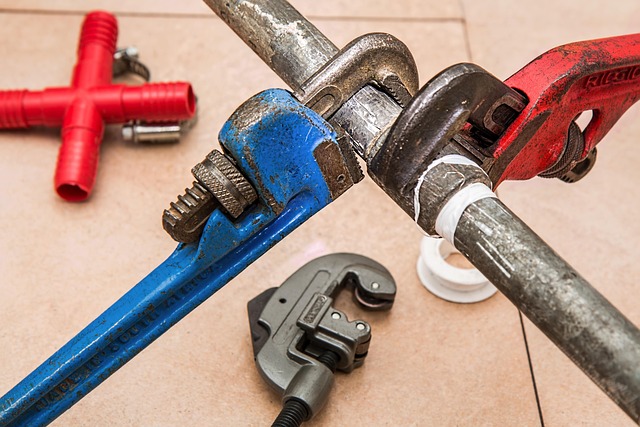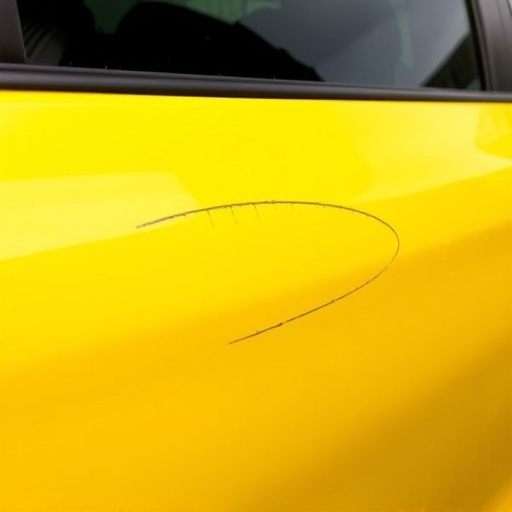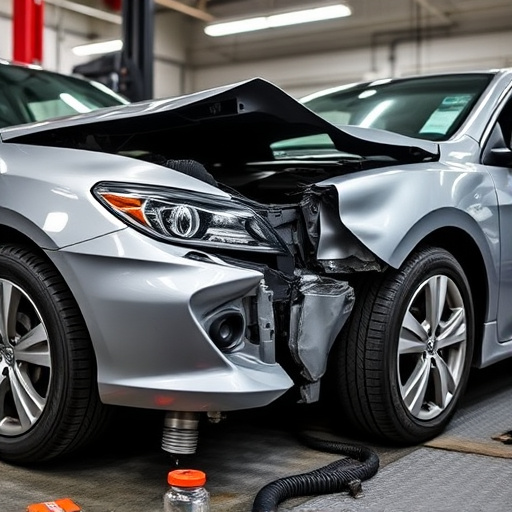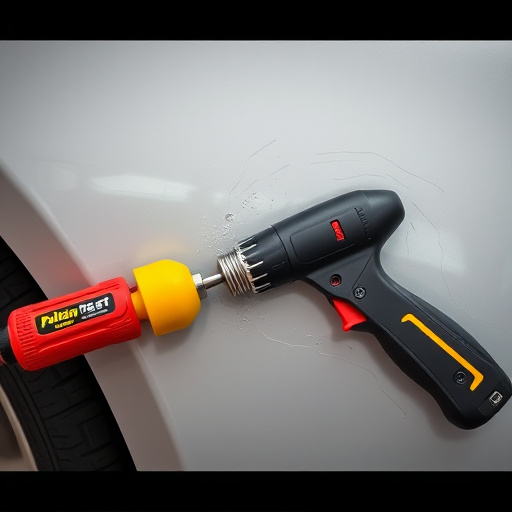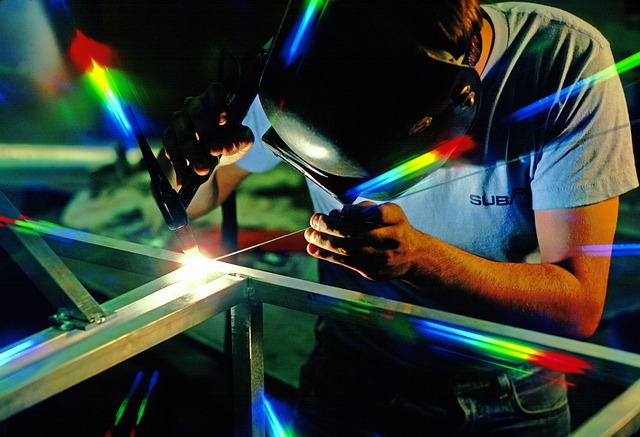After an accident, specialized collision centers thoroughly inspect and test Tesla home chargers using advanced tools to ensure structural integrity and safe operation. This process identifies damage or malfunctions in cables, connectors, sensors, and control modules, verifying performance at various charging speeds and voltage levels to meet manufacturer specs and safety standards before reuse.
In the event of an accident, a Tesla home charger must undergo rigorous functionality testing to ensure safety and reliability. This comprehensive guide explores the evaluation process post-incident, emphasizing the importance of detailed functionality tests. We delve into the steps required to restore confidence in these charging systems, focusing on integrity checks that guarantee their continued safe operation. Understanding these procedures is vital for both homeowners and professionals involved in Tesla charger maintenance.
- Evaluating Tesla Home Chargers Post-Accident
- Functionality Testing: A Comprehensive Approach
- Restoring Safety: Passing Charger Integrity Checks
Evaluating Tesla Home Chargers Post-Accident
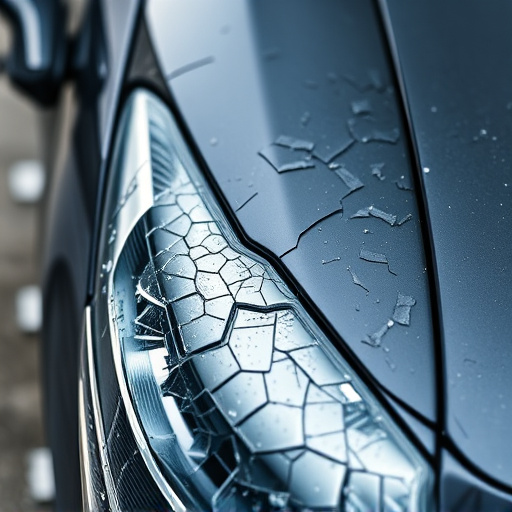
After a Tesla home charger is involved in an accident, its functionality becomes paramount. Evaluating its post-accident condition requires a thorough check to ensure it still operates safely and effectively. This process involves scrutinizing both the physical structure and electronic components for any damage or malfunction. Collision centers specializing in automotive repairs and hail damage repair are equipped with advanced tools to assess and fix these issues.
The team at these centers not only inspects visible signs of damage but also conducts diagnostic tests to verify the charger’s performance. This ensures that once the necessary autobody repairs are made, the Tesla home charger is ready to safely recharge electric vehicles without any compromised functionality.
Functionality Testing: A Comprehensive Approach
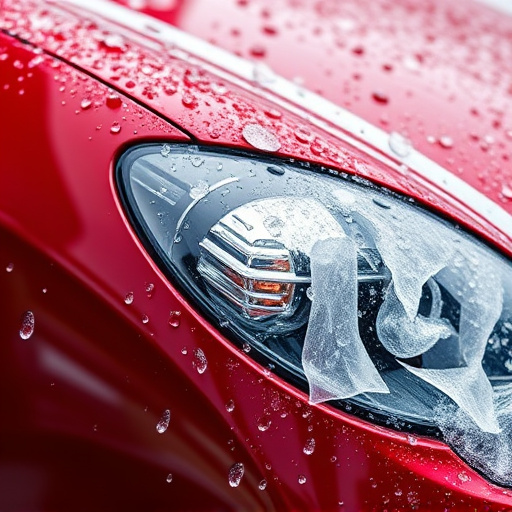
Functionality testing is an indispensable step when assessing a Tesla home charger after an accident. This meticulous process involves evaluating every component to ensure the charger operates safely and effectively. Similar to how a car repair shop conducts thorough checks on vehicles post-accident, the same level of scrutiny is applied to electric vehicle (EV) charging systems. Every wire, sensor, and control module undergoes rigorous testing to identify any potential issues that could compromise its future performance.
This comprehensive approach ensures not just the physical integrity of the charger but also its ability to deliver power efficiently and reliably. Just as an auto glass repair technician repairs cracked or shattered windows to restore a vehicle’s structural integrity and safety, functionality testing on a Tesla home charger guarantees it can safely charge EVs without any hidden defects. The ultimate goal is to provide EV owners with peace of mind, knowing their charging system is not only functional but also ready to support their sustainable transportation needs.
Restoring Safety: Passing Charger Integrity Checks
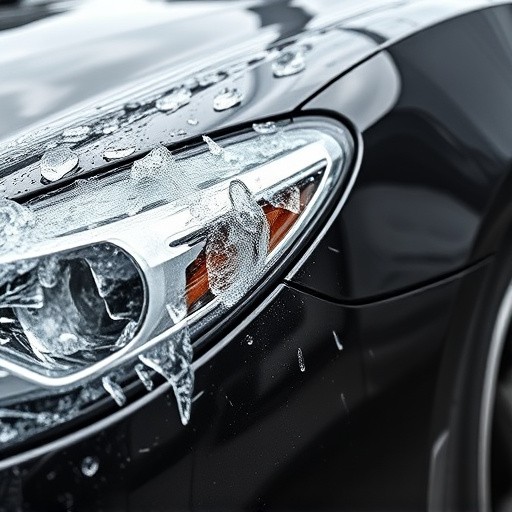
After a Tesla home charger experiences an accident or damage, restoring its safety and functionality is paramount. The charger must undergo rigorous integrity checks to ensure it operates within manufacturer specifications and adheres to safety standards. These tests are crucial in identifying any structural weaknesses, electrical malfunctions, or potential hazards that could compromise the charger’s performance and put users at risk.
Passing these charger integrity checks involves meticulous examination of components like cables, connectors, and the charging unit itself. An auto repair shop with expertise in Tesla models will use specialized tools to verify the charger’s functionality, including testing its ability to handle various charging speeds and ensuring proper voltage levels. Just as a vehicle paint repair expert restores the aesthetic appeal of a car’s finish, these checks restore the safety and reliability of the Tesla home charger, making it ready for continued use without any hidden risks or vulnerabilities.
In conclusion, ensuring the functionality and safety of a Tesla home charger after an accident is paramount. Through comprehensive integrity checks, thorough testing, and restoration of optimal performance, these chargers can continue to provide reliable electric vehicle charging, maintaining both safety standards and environmental benefits. For owners and service providers alike, adhering to strict post-accident evaluation protocols guarantees that Tesla home chargers function at peak efficiency, offering a seamless experience for electric vehicle users.
